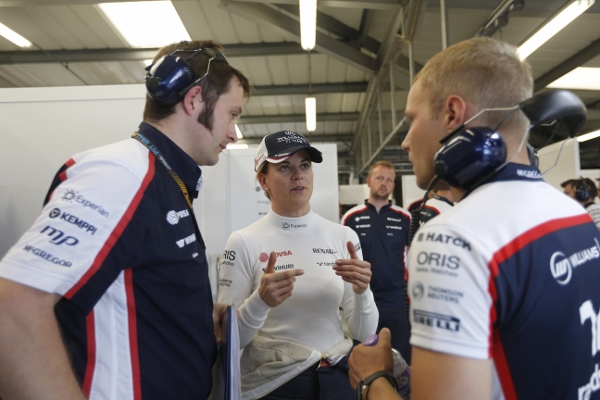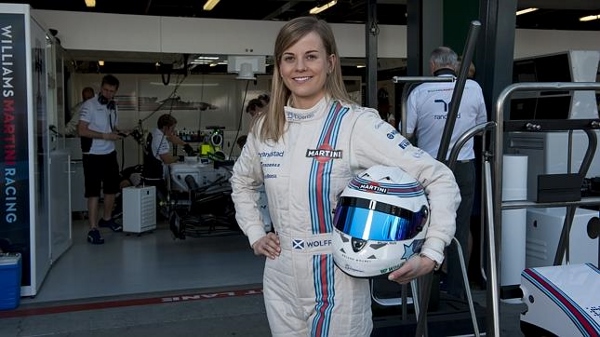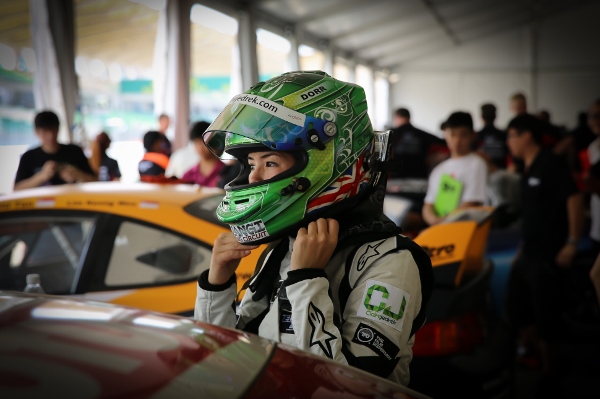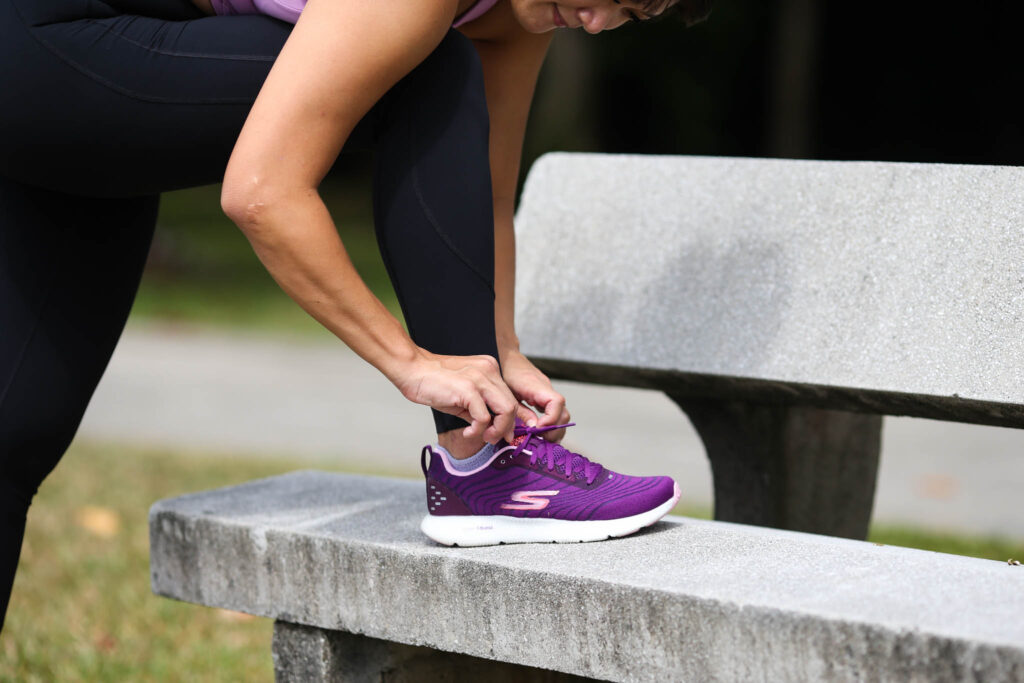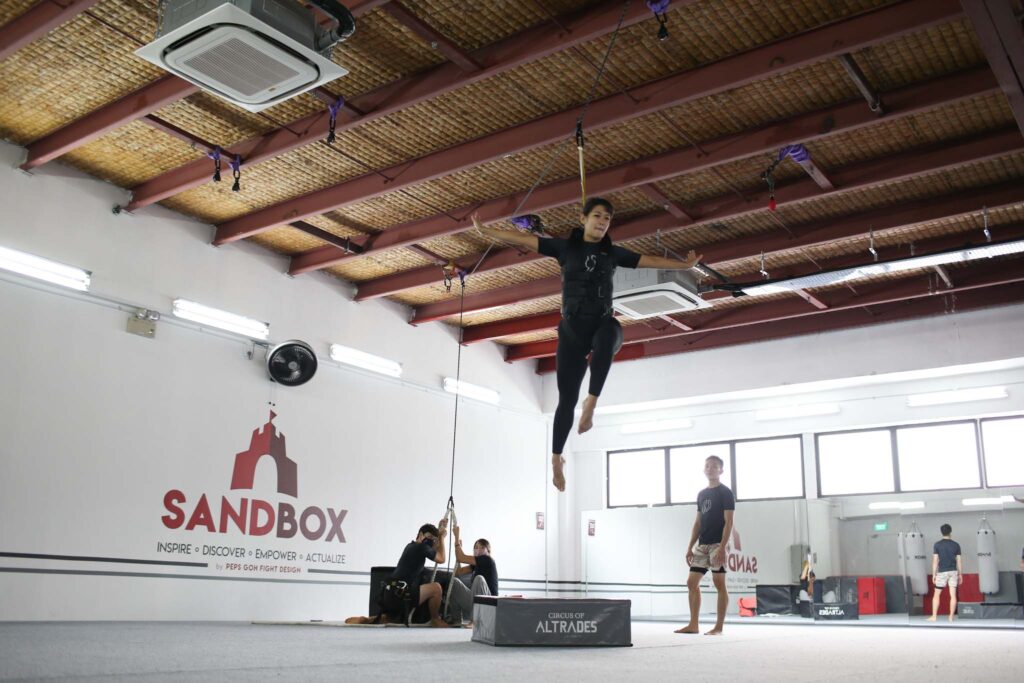Concentration is very important in Formula One and it depends on the level of fitness the driver has to maintain that level of concentration under adverse physical conditions. In the cockpit of a Formula One car for two hours, both men and women are able to achieve the fitness required, but women may have to put in more work than the men in the gym.
Susie Wolff, 31, is a development driver for the Williams F1 team and she will get her chance to drive at the British Grand Prix practice this year. When she was here in Singapore during the Grand Prix last year, she spoke at a conference and said that “women naturally have 30% less muscle than men, which means women have to work harder at their physical fitness”.
Being a Formula One driver is a very physical job and all of them train very hard in the gym. Although she needs the strength to fight the G-forces on the track, Susie cannot put on too much weight so the engineers can use the additional weight for parts on the car. Her training consists of one hour and 15 minutes of circuit and resistance training three times a week, as well as one and a half hours of Pilates or yoga another three times a week to help her rounded shoulders resulting from sitting in a cramped position in the car.
Having to take fast corners at high speeds, the neck needs to be very strong and Susie spends a lot of time working on it. For example, Turn One at Silverstone has a G-Force between two and five, which is like having 30kg pressed on one side of your head as you try to keep it neutral. Besides the arms and the neck, the legs need to be strong too, as slamming on the brakes at high speed can feel like doing 100kg leg press. Imagine how many of those leg presses they have to do in one race.
People may expect female F1 drivers to be masculine and big-sized but if you look at Susie, she’s very feminine and slim, often in heels when out of a racing suit. Nowhere near being a tomboy, Susie keeps her jewellery on even when driving – her wedding band and diamond earrings. In fact, the butterflies of her earrings are specially cut so they will not hurt her under the helmet.
One look at Claire Jedrek, a Singapore-based presenter and fitness ambassador, and you may not guess she is a racing driver too. But under that make-up and dress is a lady filled with a fiery passion for speed. Taking part in the Malaysian Super Series this year, she already has an active lifestyle, thus not needing to increase the intensity of her fitness regime.
“Being mentally strong is a necessity in preparation and driving the car. The last thing anyone needs to waste their mental capacity on is how tired they are. That split second wasted could see yourself off the black stuff, so I hit the cardio and train the muscles used in racing,” the 31-year-old British-born explained.
F1 is the top of the game, thus the level of fitness required there is much higher than an ordinary racing car series, but that does not mean fitness is not important.
“You’d be surprised that there are unfit people in the different tiers of racing. A lot of the time, they have a high capacity to concentrate and a lot of experience, overriding the lack of fitness. Choosing to be fit, strikes off one setback on how well you will race so you can concentrate on the science of racing. Anyone can go racing, but to be good at it, one has to take it seriously and being fit can bring you one step closer to the top of the table,” she said.
As for fitness for men and women, Claire explains that unlike F1, the gap is not massive in most car series. However, as you progress to higher levels, you naturally will need more fitness. “The faster the car goes into corners, the more G’s is created and naturally one would think men would be built for resistance and strength. At the GT3 level upwards, a female has to work just as hard, if not harder as the men to be able to fight those G’s. It is possible though – I know lots of females who are stronger then quite a few guys.”
*This was first published in Rev.


